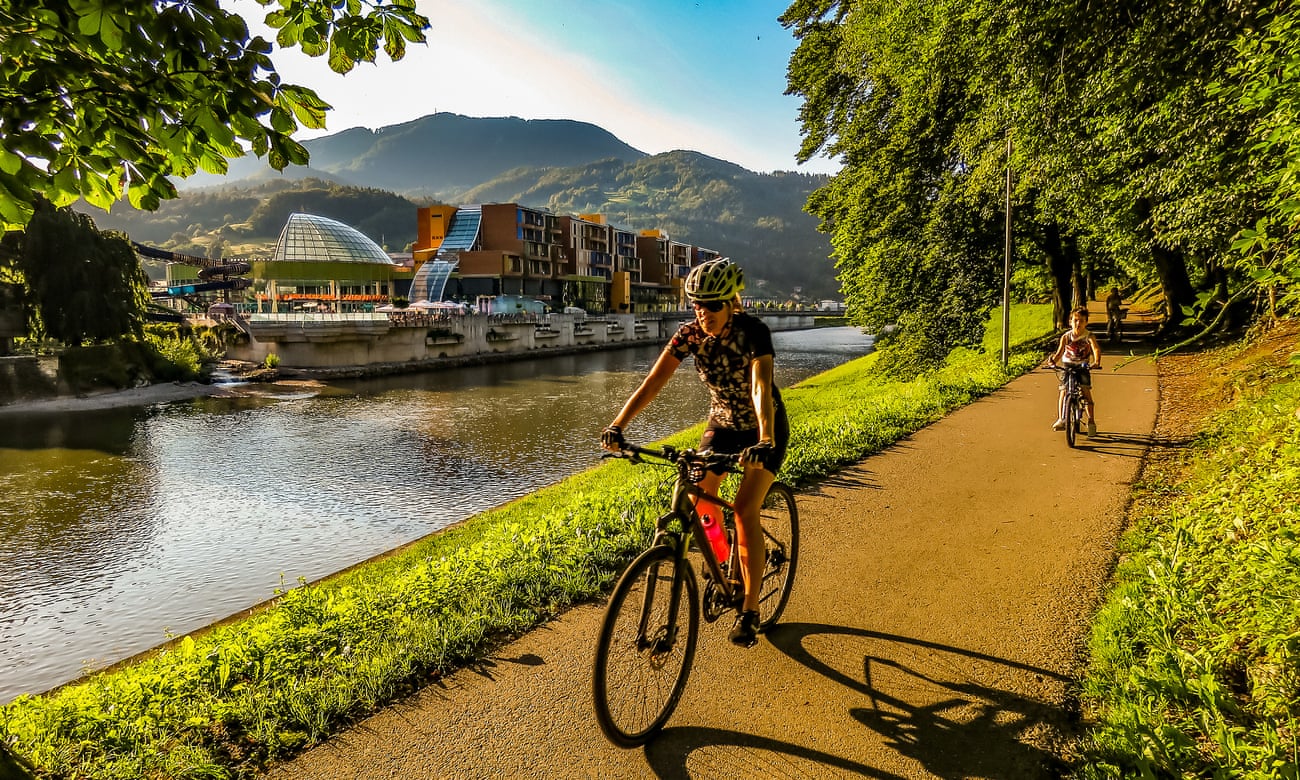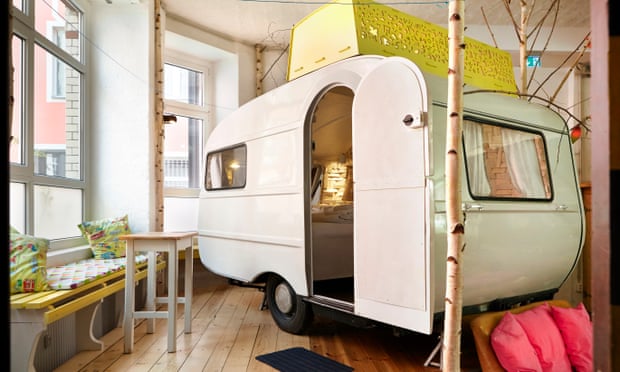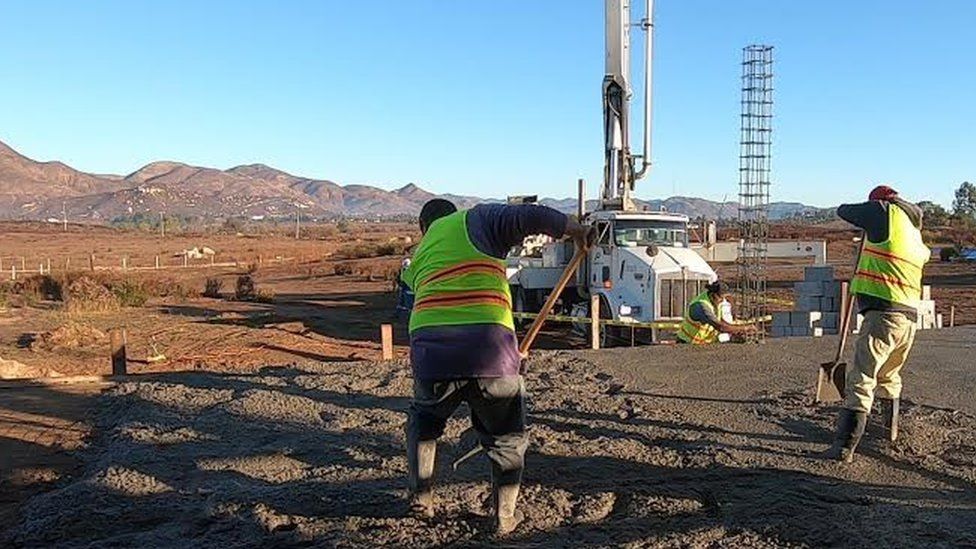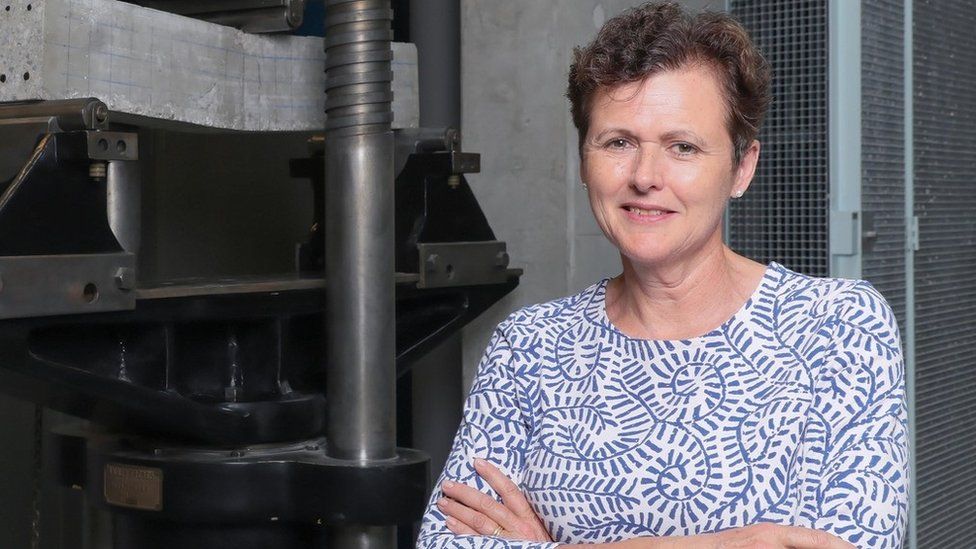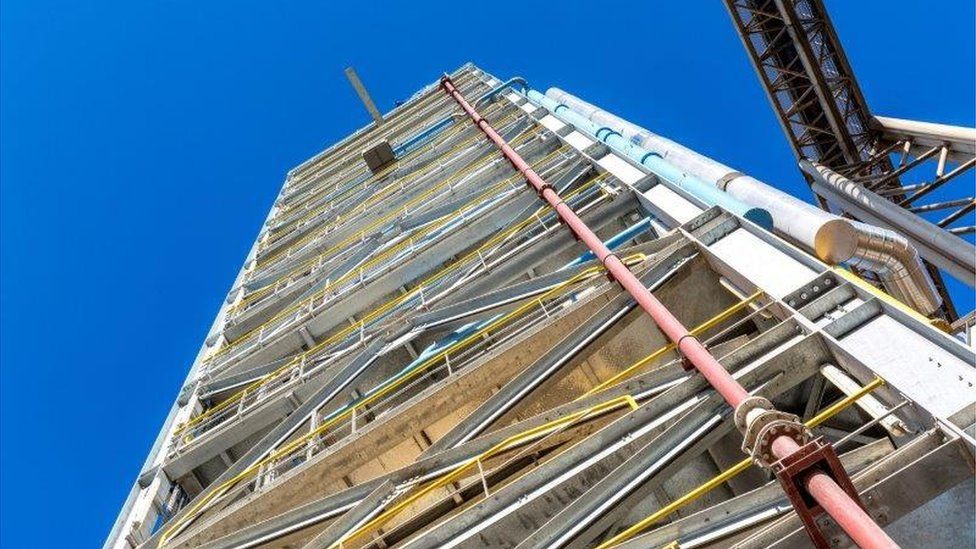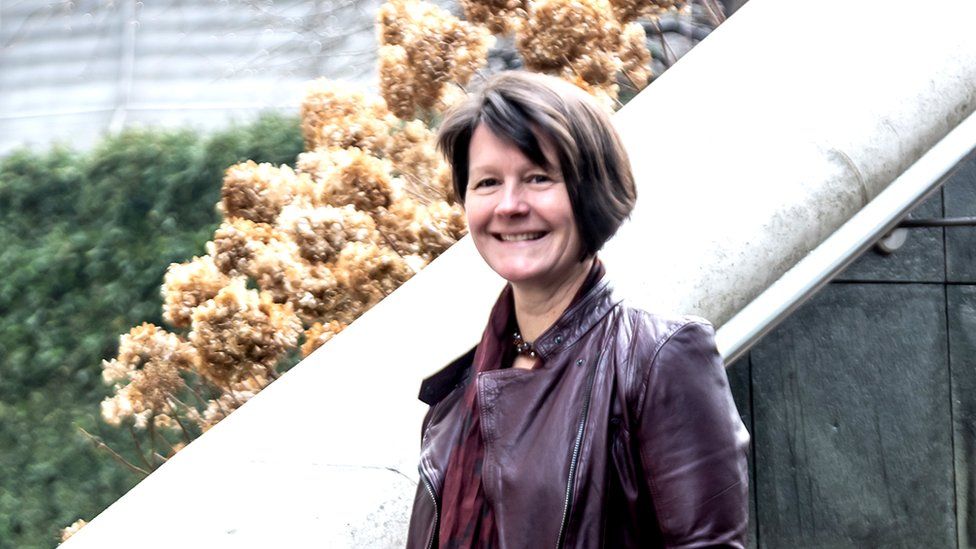
Imagine a world where buildings are not only sustainable but also contribute to the fight against climate change; hempcrete construction might be the key. A world where construction materials come from renewable sources and have minimal environmental impact. In this post, we will explore the fascinating world of hempcrete construction and take a closer look at one groundbreaking project: the 12-story Hemp Hotel in South Africa, set to open its doors in 2024.
Why Hempcrete Construction?
Why choose hempcrete construction? Hempcrete is an eco-friendly alternative to traditional building materials. It is made from a mixture of the inner woody core of the hemp plant, known as the hurd, and a lime-based binder. This combination creates a lightweight material with excellent thermal insulation properties.
Hempcrete also has exceptional breathability, allowing moisture to pass through without causing damage or mold growth. This natural ventilation helps regulate indoor humidity levels and promotes healthier living environments.
Another advantage of hempcrete is its fire resistance. Due to the high content of mineralized cellulose fibers in the hemp stalks, it can withstand extreme temperatures more effectively than conventional building materials.
Best of all, hemp plants grow rapidly and require minimal water and pesticides compared to other crops used in construction materials. They absorb carbon dioxide during their growth cycle, and sequester it in the building, making hempcrete a carbon-negative choice for builders.
Choosing hempcrete construction means opting for an environmentally friendly solution that offers superior insulation properties, increased durability against fire hazards, improved indoor air quality due to breathability advantages, and supports sustainable agricultural practices.
The Hemp Hotel, South Africa 2024
We have seen many homes built with Hempcrete Construction, but not as many commercial buildings. For all the same reasons that hempcrete construction makes sense in residential applications, it may be even more beneficial in commercial applications. For example, a stunning 12-story hotel made entirely from hempcrete is becoming a reality in South Africa. Set to open its doors in 2024, the Hemp Hotel is set to revolutionize the hospitality industry with its sustainable and eco-friendly construction.
Located in Cape Town, this groundbreaking project, built by Hempcrete Construction experts Afrimat Hemp, aims to showcase the incredible versatility and durability of hempcrete as a building material. Hempcrete is made by mixing hemp fibers with lime and water, creating a lightweight yet incredibly strong substance that is both fire-resistant and highly insulating.
But what makes the Hemp Hotel truly unique is not just its construction materials – it’s also about promoting sustainability throughout every aspect of its design. From energy-efficient lighting systems to rainwater harvesting, this hotel will be an example of environmental consciousness.
Not only will guests have the opportunity to experience luxury accommodation while reducing their carbon footprint, but they’ll also gain insight into how we can build more sustainably for future generations.
Other Hempcrete Applications
Aside from residential and commercial buildings, hempcrete has a wide range of applications. Its versatility and eco-friendly nature make it a promising material for various projects.
- Infrastructure: Hempcrete can be used in the construction of bridges, roads, and other infrastructure projects. Its lightweight yet strong properties make it an ideal choice for these applications.
- Agricultural Structures: Greenhouses, barns, and storage facilities can also be built using hempcrete. The breathable nature of the material creates an optimal environment for plants while providing insulation against extreme temperatures.
- Public Spaces: Hempcrete’s sustainability can benefit parks, pavilions, and public restrooms. Not only does it offer durability and low maintenance requirements, but it also contributes to creating healthier environments for visitors.
- Artistic Installations: As a creative medium, hempcrete offers endless possibilities for artists and designers to explore their imagination. Sculptures, installations, or even furniture pieces made with this unique material add an element of sustainability to art exhibitions or public spaces.
- Retrofitting Existing Buildings: Instead of demolishing old structures that do not meet modern energy efficiency standards, retrofitting them with hempcrete can significantly improve their thermal performance while maintaining their historical value.
The potential uses of hempcrete are vast and exciting! As more people become aware of its benefits as a sustainable building material, we can expect to see further innovation in its application across different industries.
The rise of sustainable construction practices has paved the way for innovative solutions like hempcrete. The Hemp Hotel in South Africa showcases not only the beauty and functionality of this remarkable material but also serves as inspiration for future projects around the world. With more emphasis on environmentally conscious building methods, we can create spaces that benefit people and the planet alike.
Source Happy Eco News


